NASA reveals Asteroid 2023 GG approaching Earth at breakneck speed
NASA has warned that a speedy asteroid is expected to fly past the planet by a close margin today.
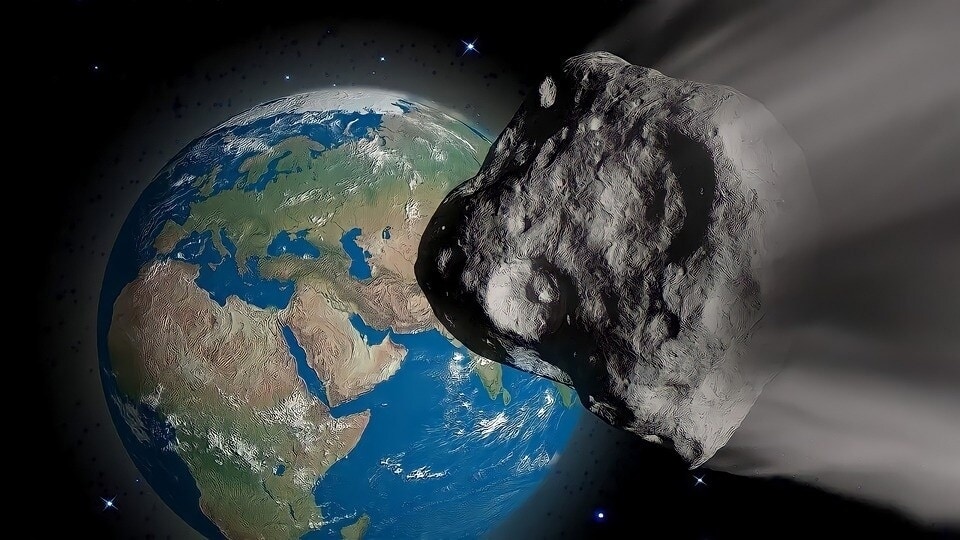
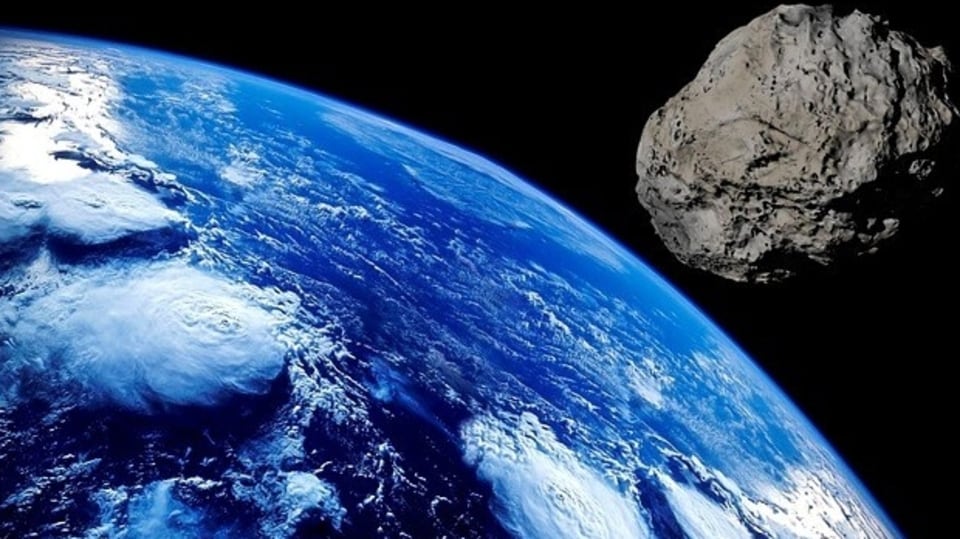
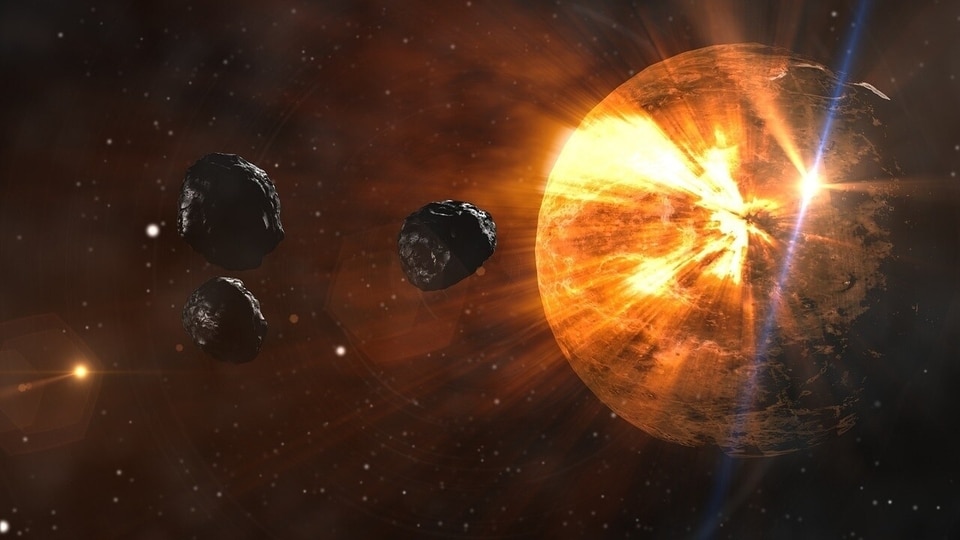
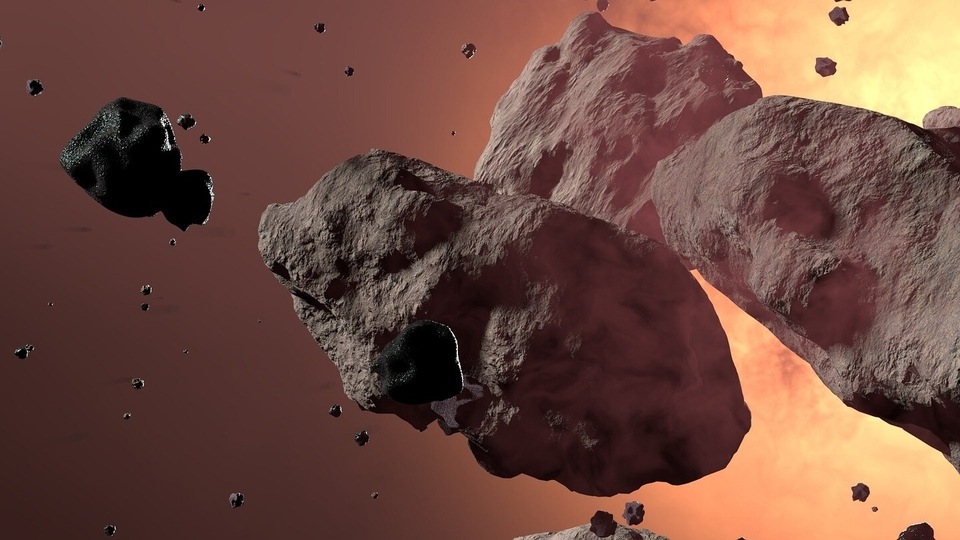
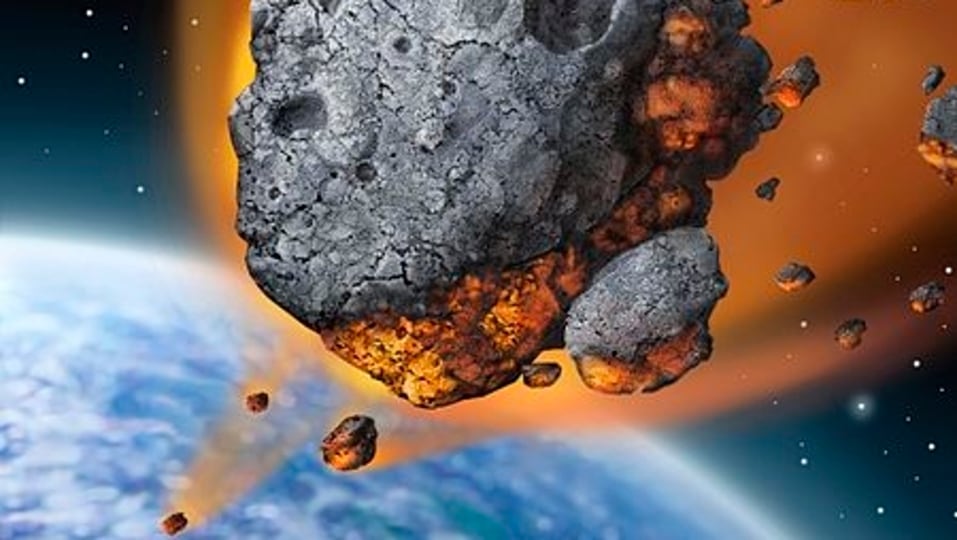
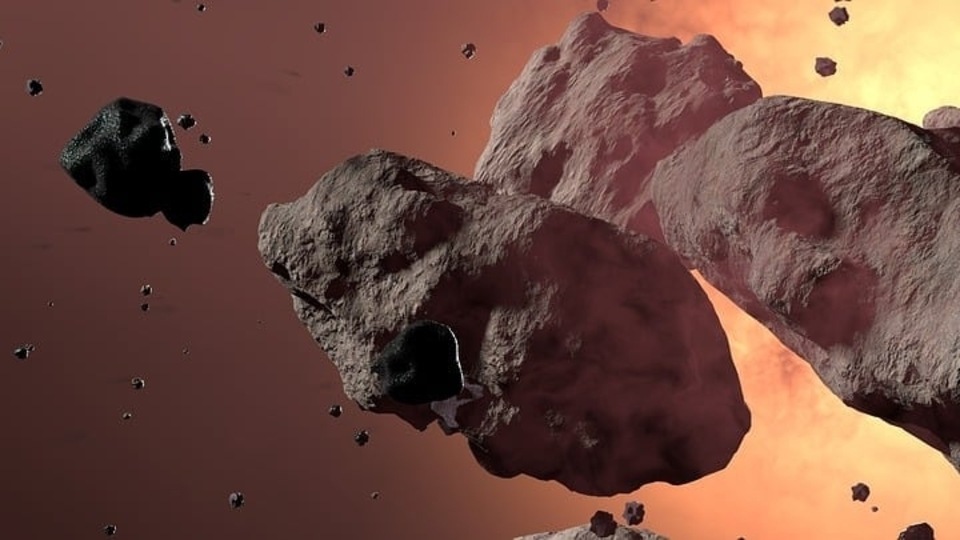
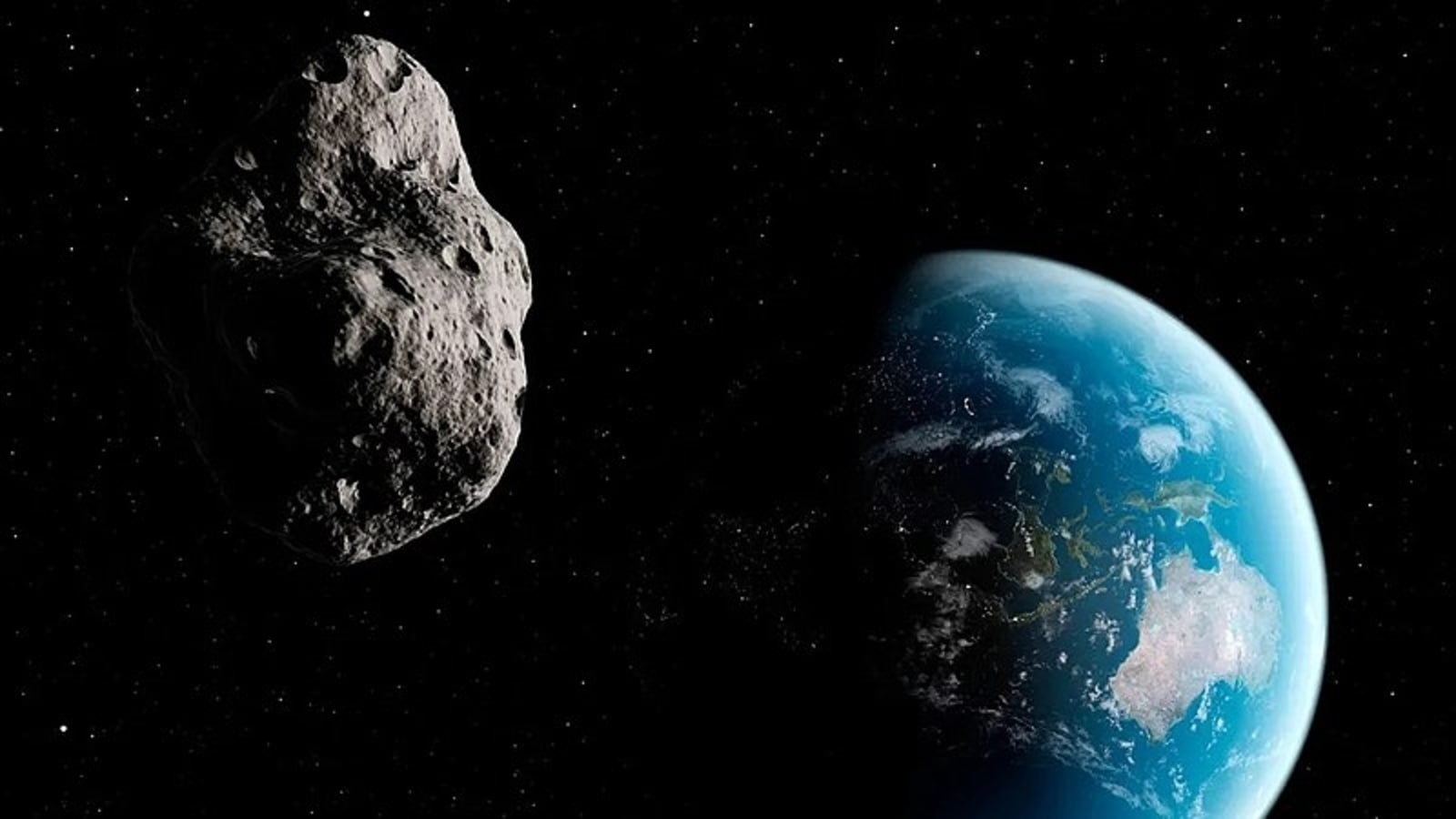
 View all Images
View all ImagesThough most asteroids are found in a ring between the orbit of Mars and Jupiter, called the asteroid belt, that doesn't mean they've never come close to Earth. In fact, some large space rocks have made their way towards Earth in the past and impacted the surface. Just yesterday, two asteroids, 110 feet and 77 feet wide respectively, had close calls with Earth.
NASA has an eye on another asteroid which is set to make a close approach with the planet today.
Asteroid 2023 GG details
The asteroid, named Asteroid 2023 GG will make its closest approach to Earth today, April 11. This space rock will make its closest approach to the planet at a distance of just 1.5 million kilometers, according to NASA. It is already travelling towards Earth at a breakneck speed of 38007 kilometers per hour.
What's concerning is the asteroid's size. According to NASA, Asteroid 2023 GG is almost 240 feet wide, which makes it nearly the size of a Boeing 747 aircraft!
More details
According to NASA, the Asteroid 2023 GG belongs to the Apollo group of asteroids which are a group of near-Earth asteroids named after the humongous 1862 Apollo asteroid, discovered by German astronomer Karl Reinmuth in the 1930s. Apollo asteroids are those Earth-crossing space rocks with semi-major axes larger than Earth's.
According to the-sky.org, it was discovered just days ago on April 5 and takes just 446 days to complete one orbit around the Sun. During this trip, its maximum distance from the Sun is 204 million kilometers and its nearest distance is 138 million kilometers.
What is NASA doing to find potentially hazardous asteroids?
NASA has put to use the latest tech available, It has has established a Planetary Defense Coordination Office (PDCO), managed in the Planetary Science Division at NASA Headquarters in Washington, D.C. The PDCO ensures the early detection of potentially hazardous objects (PHOs) - asteroids and comets whose orbits are predicted to bring them within 0.05 Astronomical Units of Earth (5 million miles or 8 million kilometers) and of a size large enough to reach Earth's surface - that is, greater than approximately 30 to 50 meters.
NASA tracks and characterizes these objects and issues warnings about potential impacts, providing timely and accurate information.
Catch all the Latest Tech News, Mobile News, Laptop News, Gaming news, Wearables News , How To News, also keep up with us on Whatsapp channel,Twitter, Facebook, Google News, and Instagram. For our latest videos, subscribe to our YouTube channel.





























